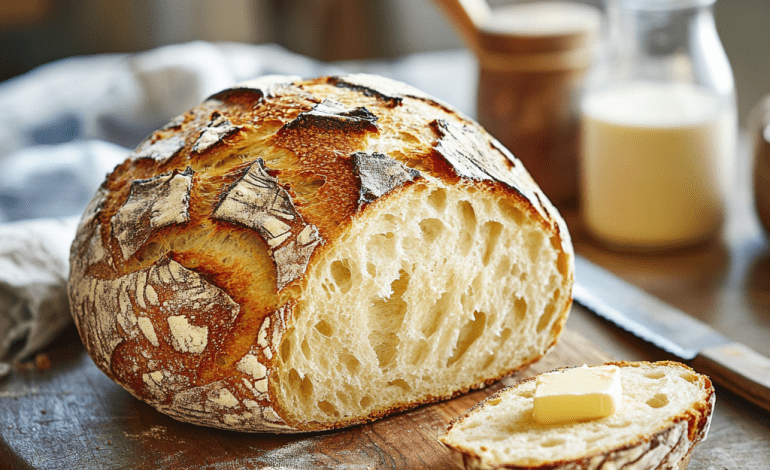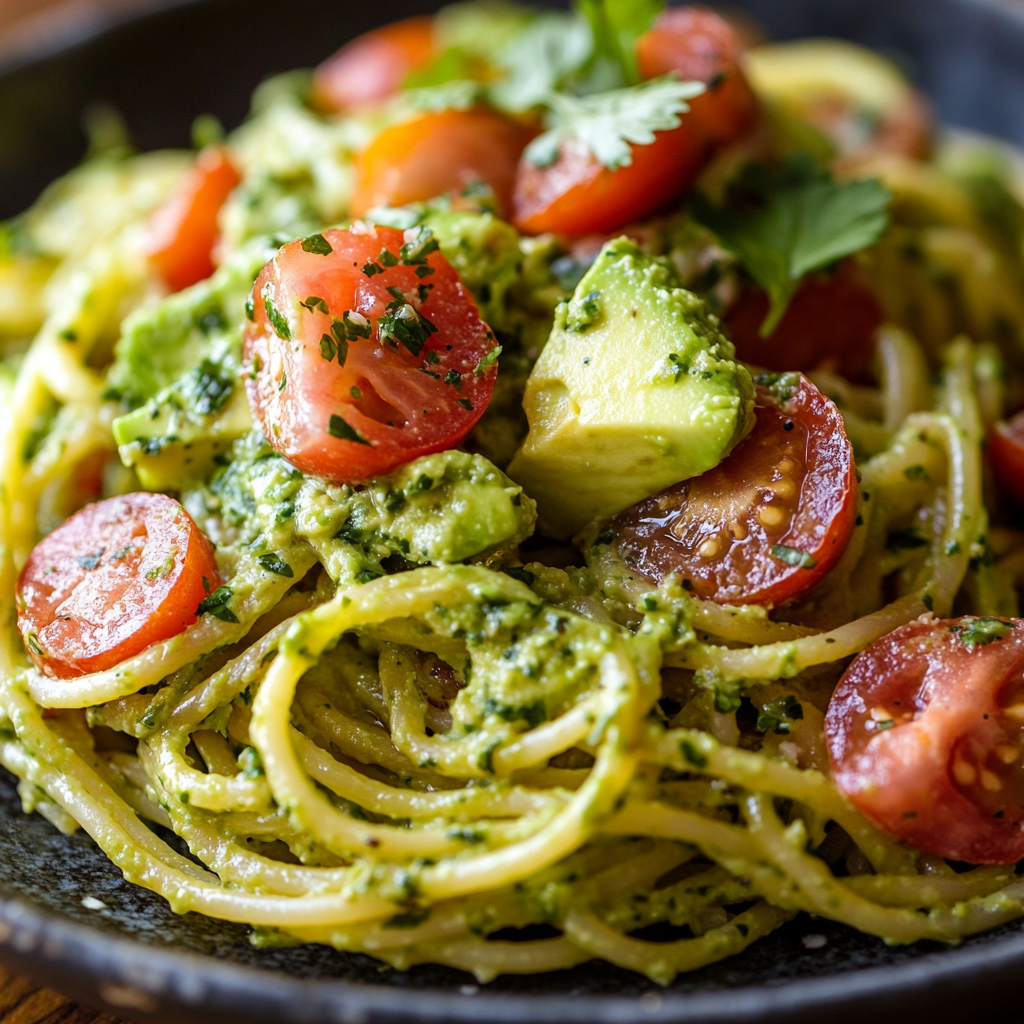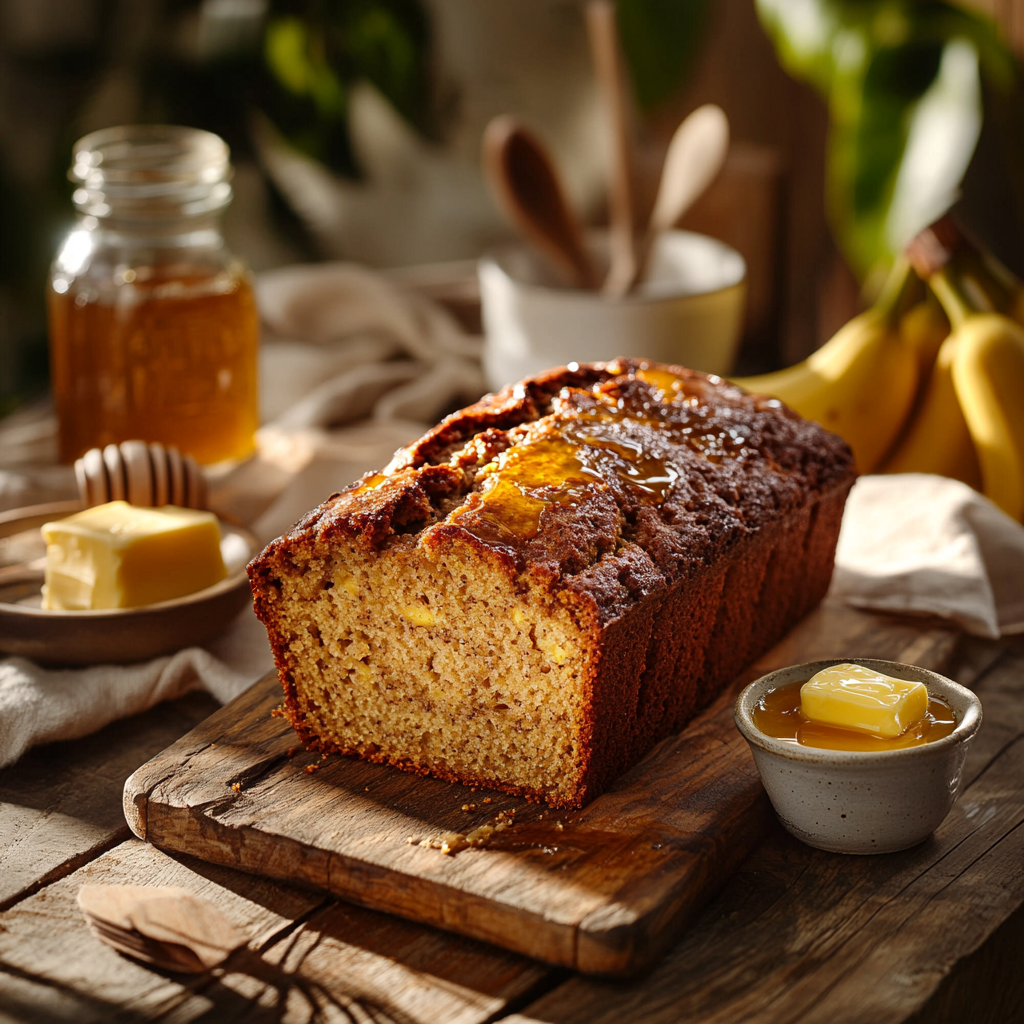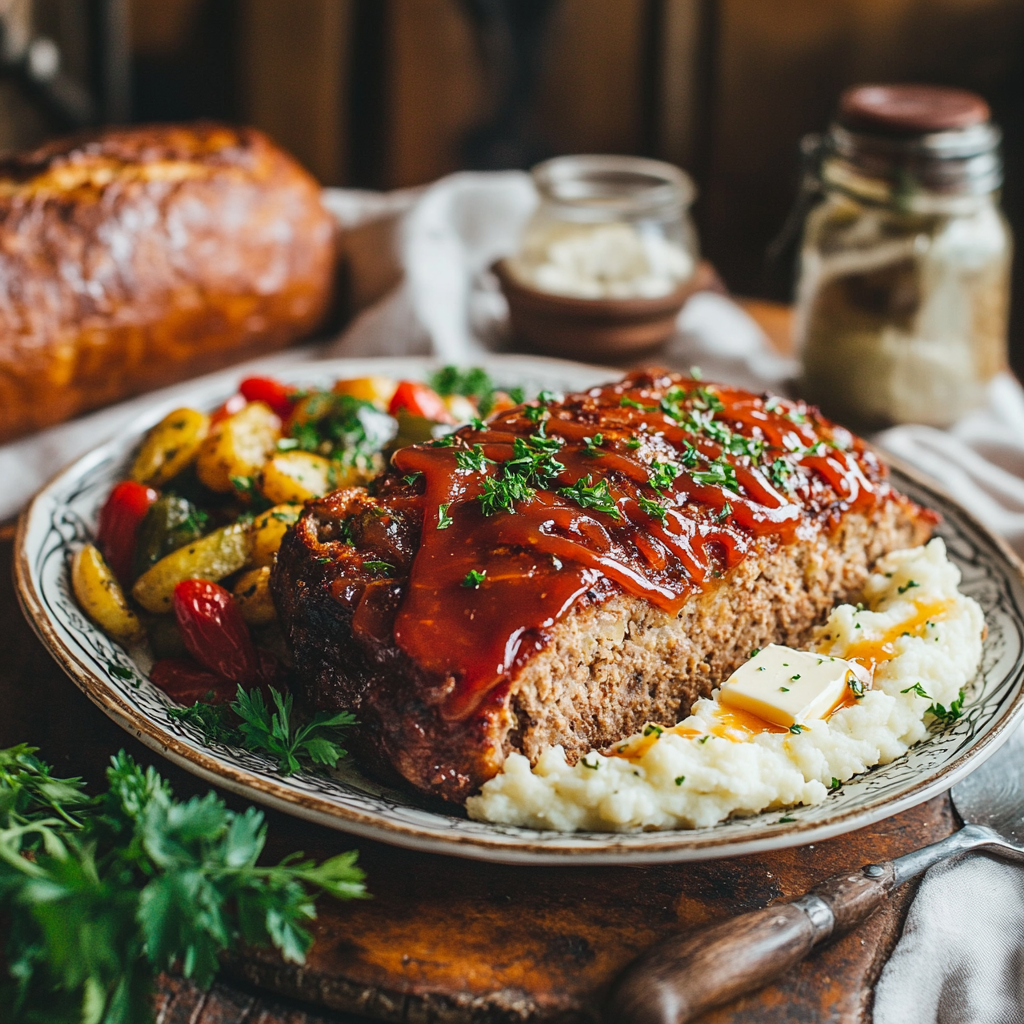Sourdough Bread Recipe

Sourdough bread is more than just bread; it’s an ancient tradition and a culinary delight that has captivated food lovers for centuries. Its rich, tangy flavor and chewy texture make it a staple in kitchens worldwide. Whether you’re a seasoned baker or a beginner, this sourdough bread recipe will guide you through every step to achieve bakery-quality results at home.
Why Sourdough Bread Recipe?
Sourdough bread stands out because of its unique fermentation process, which relies on wild yeast and lactic acid bacteria rather than commercial yeast. This natural process not only gives the bread its signature tangy flavor but also makes it easier to digest and nutritionally superior.
Key benefits of sourdough bread:
- Rich in probiotics due to the natural fermentation.
- Lower glycemic index compared to conventional bread.
- Free from preservatives and additives.
Ingredients for the Sourdough Bread Recipe
Creating the perfect sourdough bread starts with high-quality ingredients. Here’s what you need:
- 500g bread flour (unbleached and high-protein is best)
- 375ml water (lukewarm)
- 100g active sourdough starter (fed and bubbly)
- 10g salt
Make sure your sourdough starter is active and bubbly before you begin. If you’re starting from scratch, allow at least a week to cultivate a healthy starter.
Step-by-Step Instructions for the Sourdough Bread Recipe
1. Mix the Dough
Combine the flour and water in a large bowl. Mix until no dry flour remains. Cover the bowl and let it rest for 30 minutes (autolyse phase). This allows the flour to hydrate, making the dough easier to work with.
2. Add the Starter and Salt
Add the sourdough starter and salt to the dough. Mix thoroughly using your hands until well incorporated. The dough will be sticky at this stage, which is normal.
3. Bulk Fermentation and Stretch & Fold
Transfer the dough to a clean bowl for bulk fermentation. During this phase:
- Let the dough rest for 4-6 hours at room temperature.
- Perform a series of stretch and folds every 30 minutes for the first 2 hours. This technique strengthens the gluten and builds structure.
4. Shaping the Dough
After the bulk fermentation, lightly flour your work surface and shape the dough into a round boule or batard. Place it seam-side up in a well-floured banneton (proofing basket) or a bowl lined with a floured kitchen towel.
5. Final Proof
Cover the dough and let it proof for 1-2 hours at room temperature or refrigerate it overnight. Refrigeration slows fermentation, allowing the flavors to develop further.
6. Scoring and Baking
Preheat your oven to 250°C (480°F) with a Dutch oven inside. Once hot, carefully transfer the dough to the Dutch oven, score the surface with a razor or sharp knife, and bake:
- 20 minutes with the lid on (for steam).
- 15-20 minutes with the lid off (for a golden crust).
Remove the bread from the oven and let it cool completely on a wire rack before slicing.
Pro Tips for Perfect Sourdough Bread
- Hydration Level: Adjust the water slightly if your dough feels too dry or too wet. Beginners may start with a lower hydration level.
- Starter Maintenance: Feed your starter regularly and discard a portion to keep it healthy.
- Temperature Control: Fermentation works best at 21-26°C (70-78°F). Use a proofing box or warm spot in your kitchen if necessary.
- Practice Patience: Good sourdough takes time. Each step contributes to the flavor and texture of the final loaf.
Frequently Asked Questions About Sourdough Bread Recipe
1. What flour is best for sourdough bread?
Bread flour with high protein content (12-14%) is ideal. It provides the structure needed for the bread to rise properly.
2. How do I know if my sourdough starter is ready to use?
Your starter is ready when it doubles in size a few hours after feeding and has a pleasant, tangy aroma.
3. Can I use whole wheat flour in this recipe?
Yes! You can substitute part of the bread flour with whole wheat flour for added flavor and nutrition. Keep in mind that whole wheat flour absorbs more water and may require slight adjustments to hydration.
4. How do I store sourdough bread?
Keep the bread at room temperature in a paper bag or wrapped in a kitchen towel. For longer storage, slice and freeze it in an airtight bag.
Pairing and Serving Suggestions
Sourdough bread is incredibly versatile. Here are some serving ideas:
- Breakfast: Toasted slices with butter and jam.
- Lunch: As a base for avocado toast or grilled cheese sandwiches.
- Dinner: Served alongside soups, stews, or pasta dishes.
- Snacks: Pair with soft cheeses, olive oil, or a tangy balsamic dip.
Troubleshooting Your Sourdough Bread Recipe
- Flat Loaf: Ensure your starter is active and bubbly. Over-proofing can also deflate the dough.
- Dense Texture: Extend the bulk fermentation time or increase hydration slightly.
- Tough Crust: Cover the bread with foil if it browns too quickly.
Embrace the Art of Sourdough
Baking sourdough bread is as much about the process as it is about the result. With each loaf, you’ll refine your skills and develop a deeper appreciation for this ancient craft. Follow this sourdough bread recipe, and soon, you’ll be creating beautiful, tangy loaves that rival those from your favorite bakery.









